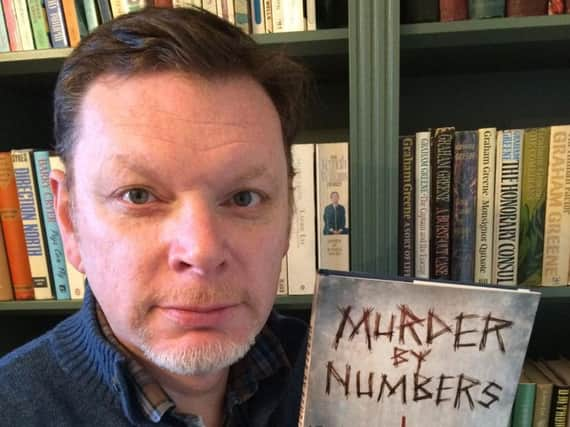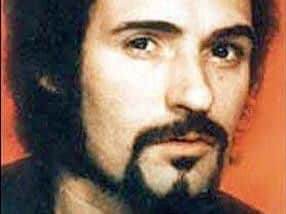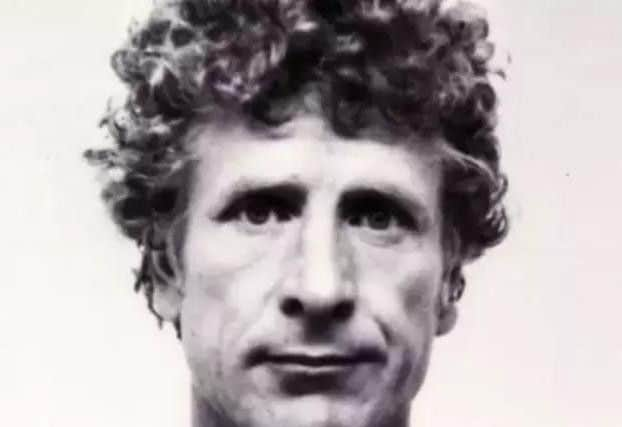The numbers behind capture of notorious killers in Sheffield


Most Sheffielders will be familiar with how the Yorkshire Ripper was eventually caught by chance in Broomhill, while the wedding day massacre of the Laitner family in Dore remains one of the most sickening crimes committed in the city.
But James Moore's new book Murder by Numbers delves deep into the figures behind these and other killings from throughout history.


Advertisement
Hide AdAdvertisement
Hide AdHe reveals, for example, how police checked 5.2 million car number plates, interviewed 250,000 people and took 32,000 witness statements in their hunt for Yorkshire Ripper Peter Sutcliffe, who would eventually be convicted of murdering 13 women and attempting to murder seven more.
It turned out the lorry driver had previously been interviewed by police, who had logged vehicles seen at red light spots, but was discounted as a suspect.
When officers checked the car after his arrest in Sheffield, they discovered the plates were false, and after further investigations turned up a hammer and two knives, he was jailed for life later that year.


Mr Moore, a journalist who has written other true crime books, said police had been drowning in so much data they 'couldn't see the wood for the trees', but that with today's technology Sutcliffe would have been caught much sooner.
Advertisement
Hide AdAdvertisement
Hide AdOnly a couple of years later, in October 1983, Basil and Avril Laitner had just finished celebrating daughter Suzanne's wedding with a reception at their home on Dore Road, in Dore, when Arthur Hutchinson broke in.
But he couldn't resist taking a swig of champagne and a bite from a piece of cake before fleeing, leaving behind crucial evidence which would help secure his conviction.


This case, says the author, highlights how stupid blunders often land murderers behind bars.
Despite TV and films popularising the idea of murderous geniuses toying with police, research has shown the average IQ of a serial killer to be a distinctly average 94.7.
Advertisement
Hide AdAdvertisement
Hide AdMr Moore's book takes a mathematical perspective on killings from 430,000 years ago - the date of the earliest murder for which there is archaeological evidence - to modern day homicides.
He said: "I've been writing about crime for a long time and found it incredible how often numbers were interwoven with cases, from the murder itself, through to the investigation and the courtroom.


"I thought this was a great way to take a fresh look at some of the well-known cases, and some less famous ones too."
Other notable numbers featured include 84, which is the units of insulin found in the body of Bradford's Elizabeth Barlow, whose husband Kenneth thought he had got away with the perfect crime, and 30 - the milligrams of diamorphine administered to victims by the killer doctor Harold Shipman.
Advertisement
Hide AdAdvertisement
Hide AdThe book was inspired by the shocking statistic from the World Health Organisation that a murder will be committed somewhere around the globe roughly every 60 seconds.
But Mr Moore says the number of serial killers is in decline, largely because advances in policing mean more murderers are now caught before they can strike again.
* Murder by Numbers: Fascinating Figures Behind The World's Worst Crimes is published by The History Press, priced £18.99.